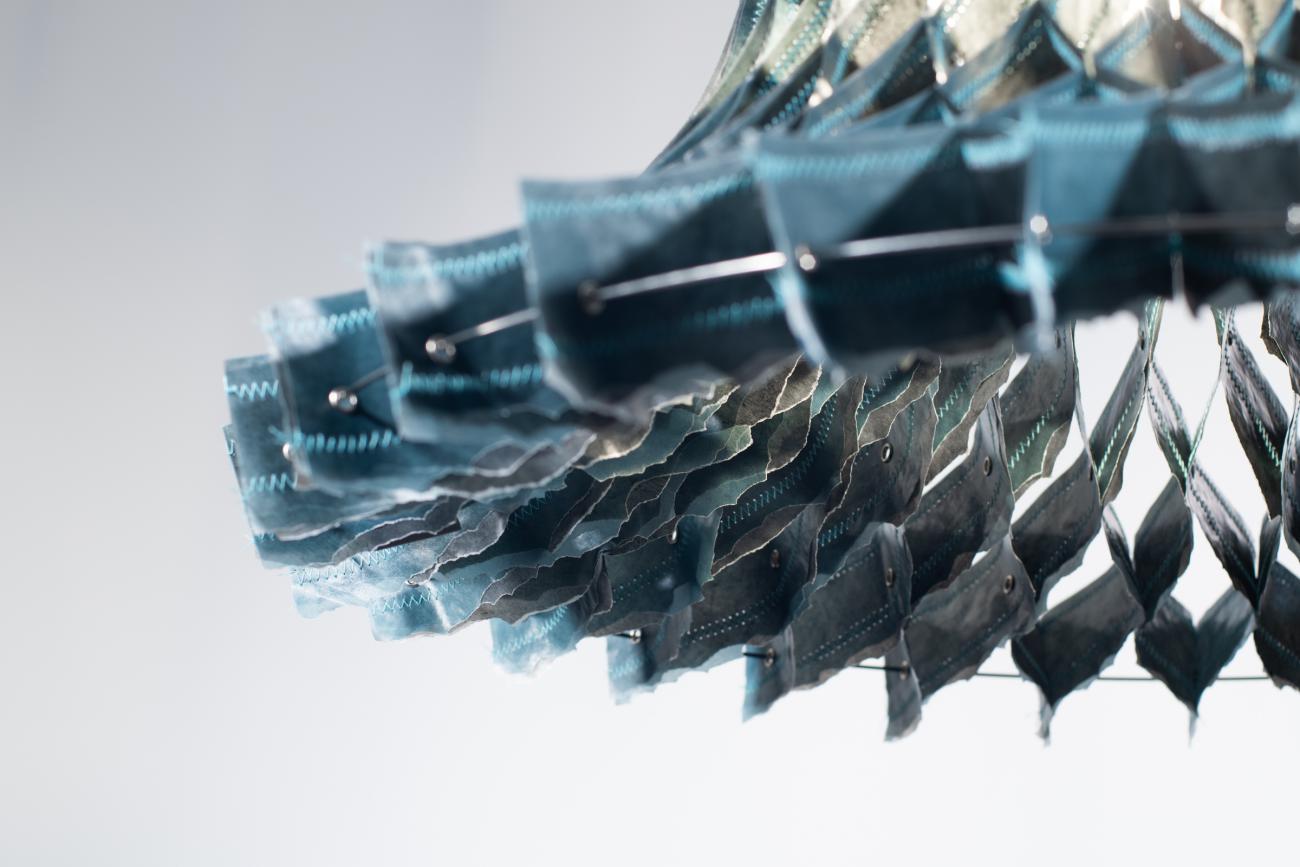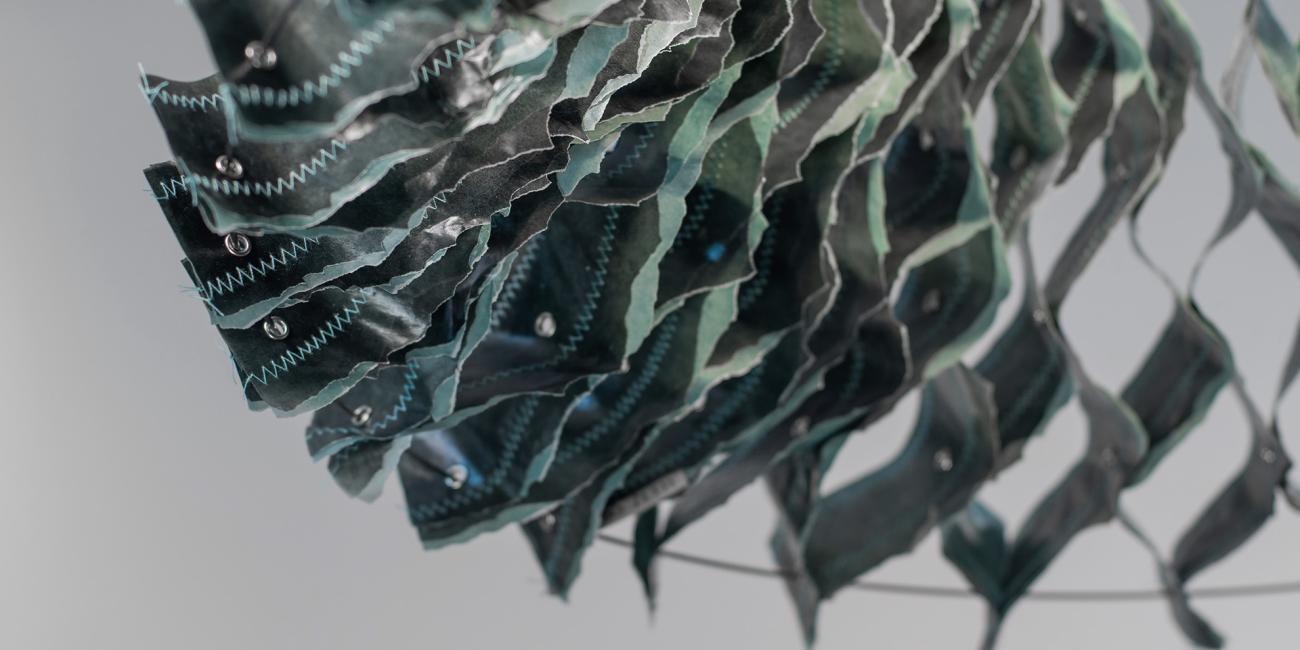
Marek Błażucki — Kalky Ragged. Design in Process. Academy of Masters I
exibition NO!PEACE / 8.03 – 31.05.2022 / Academic Design Center
Księży Młyn 13/15 / Łódź / Poland
curator: Magdalena Komborska
The exhibition NO!PEACE, the first event to present together the works of Artists and Designers, normally academics at art schools. For the first edition of this event, more than 20 works were selected as part of the announced Open Call, which are the Authors' response and personal interpretation of the Artists to the exhibition title.
The exhibition accompanies the 1st conference in the series Academy of Masters, which took place on 08.05.3022. It is the beginning of the annual conference series "Design in Process". The theme of the first meeting was " Drawing as a tool in the creative process".
Kalky Ragged / Marek Błażucki
Drawing as a tool in the creative process
Thought is always first. Some say it is faster than light. The birth of an idea is a mysterious process - to know its source, to identify what initiates it, would be something like discovering the philosopher's stone. The question is, is there such a thing as a single definable source of inspiration? All indications are that there isn't. And what about once it sparks? Once an idea has dawned? What do you do to stop the thought? I already know - describe. A skilful use of words makes it possible to jot down every single, most fleeting thought, doesn't it?
Probably, but also when we try to describe form? Does the word allow us to retain a fleeting idea of shape without leaving too much freedom
of the interpretative message? About the (sometimes unreliable) author's own memory of his or her thoughts, probably yes, but when we try to convey this idea to someone else, it is more difficult. What do we do then? Most often we draw. A few lines for a thousand words and everything become clear. The image is retained in a permanent, legible frame, concretised to a degree strictly controlled by the author. An excellent medium, but is it the only one? Sometimes it happens that in a mechanically executed scribble out of boredom, we notice something.
Something that triggers an idea, which we then begin to develop, completing the initially meaningless scribble into something concrete. When consciously carried out on paper, the thought process begins to constitute itself as a source of inspiration, a testing ground, a laboratory in which we carry out experiments that allow us to develop our thoughts further consciously. Does this happen to you? It often does for me. There is one conclusion that comes to mind again and again: drawing is a powerful tool.
In the case of my design business, I use drawing as both a communication and creative tool. I often say that the most important moment in the creative process for me is when there is only a sheet of paper between me and the client, sometimes with pre-prepared content, more often blank. What is then created in a certain process of conversation conducted simultaneously verbally and on paper is a kind of spectacle, during which design ideas are created, then specified, developed from the technical, technological, and material point of view, and realised in the next stage.
In the world of 3D imaging involving the photorealistic presentation of ideas in a form of communication that can be described as 'coffee table', drawing leaves me with a margin for understatement, an open door that causes the creative process to continue, ideas to continue to mature because they are not described in such concrete terms that they can be considered closed. In the case of working with space (read: interior design), in my dealings with lay people, I have noticed that even a photorealistic 3D visualisation is not always able to illustrate in a way that is comprehensible to everyone all the spatial relationships that we create, while deriving them from scratch in the form of a drawing already does.
In design work, drawing for me is what you might call thinking out loud. We all know what the so-called 'thought chase' looks like ... Drawing is for me something that is its best material equivalent. A thought circulates, in a moment we abandon it and go in another direction, only to return to it a moment later come back to change a decision a moment later. Drawing allows a real-time account of the thought process. And even more. It influences the design process because, by allowing us to note down a thought quickly, it gives us an overview of it which, by creating a certain distance and a surrogate for the realisation of the idea, allows us to verify it immediately.
The theme of the planned exhibition is an important, topical subject, raising questions about our future, about the future of the world in which we live. I think that everyone has something to say about this. Particularly artists working in the fields of fine arts or performance art, based on the transmission of content and the depiction of emotions - they have the means to create such a message. I wondered what possibilities I had in this respect? How can I show this kind of emotion in, let's call it by its proper name - a product? The basis of the idea is the design of a lamp made based on a proprietary technology based on hand-dyeing and impregnating tracing paper in a way that changes its characteristics in such a way that it can be sewn and riveted. The object has a defined form. A seemingly closed case. I was helped by the process of realising the object itself - a slight deviation from the method of creating the components, a change in the process, a modification of the tool, which at a certain point became just the hand, the addition of an element of randomness to the effect achieved meant that the object began (or so I hope) to express something. The hand-scraped edge, in contrast to the evenly cut one, gives an impression of uncertainty, of an imbalance of some kind, it can cause anxiety. The colour scheme, usually lively and optimistic in the initial objects, here changed to a gloomier and depressing one, was intended to show what perception of the situation we are in. My intention was to avoid actions that depict something literal - after all, it would not be a problem to, for example, set fire to such a lamp, break it, or otherwise destroy it, and everything would be clear. My intention, however, was that while trying to depict something, it should remain a fully-fledged product.
foto: Marek Błażucki









